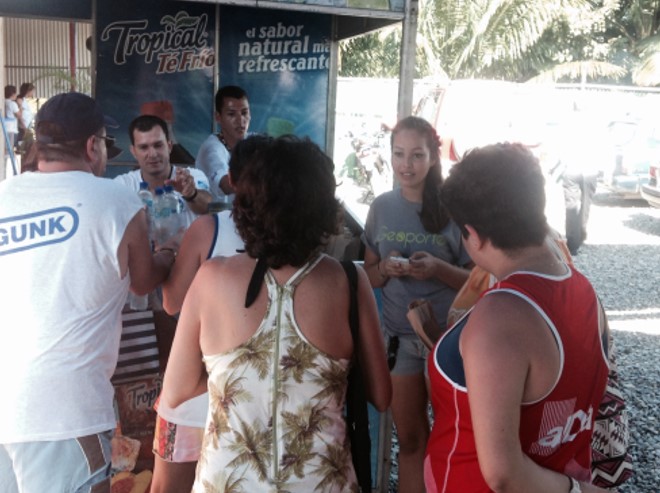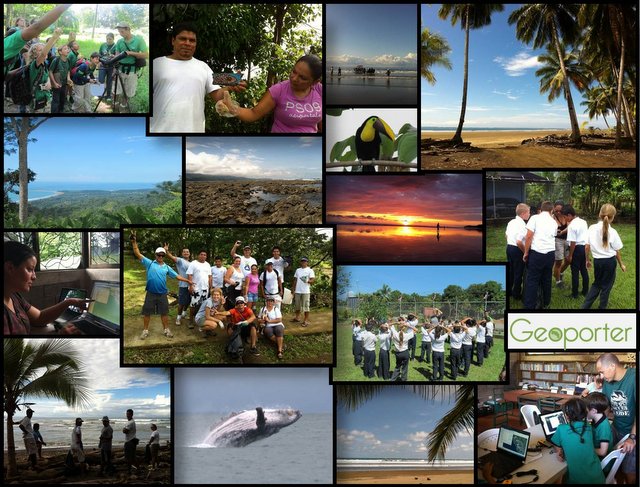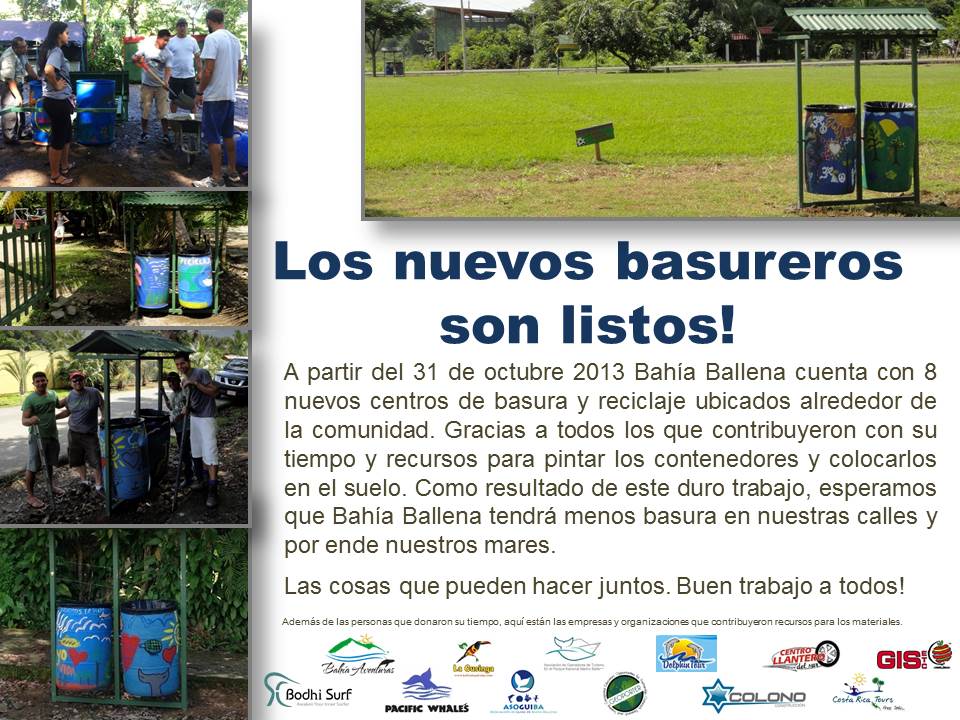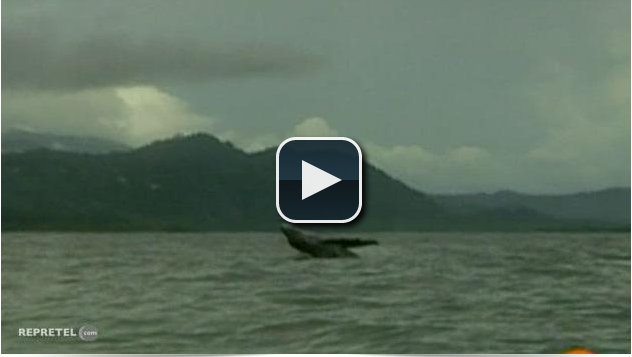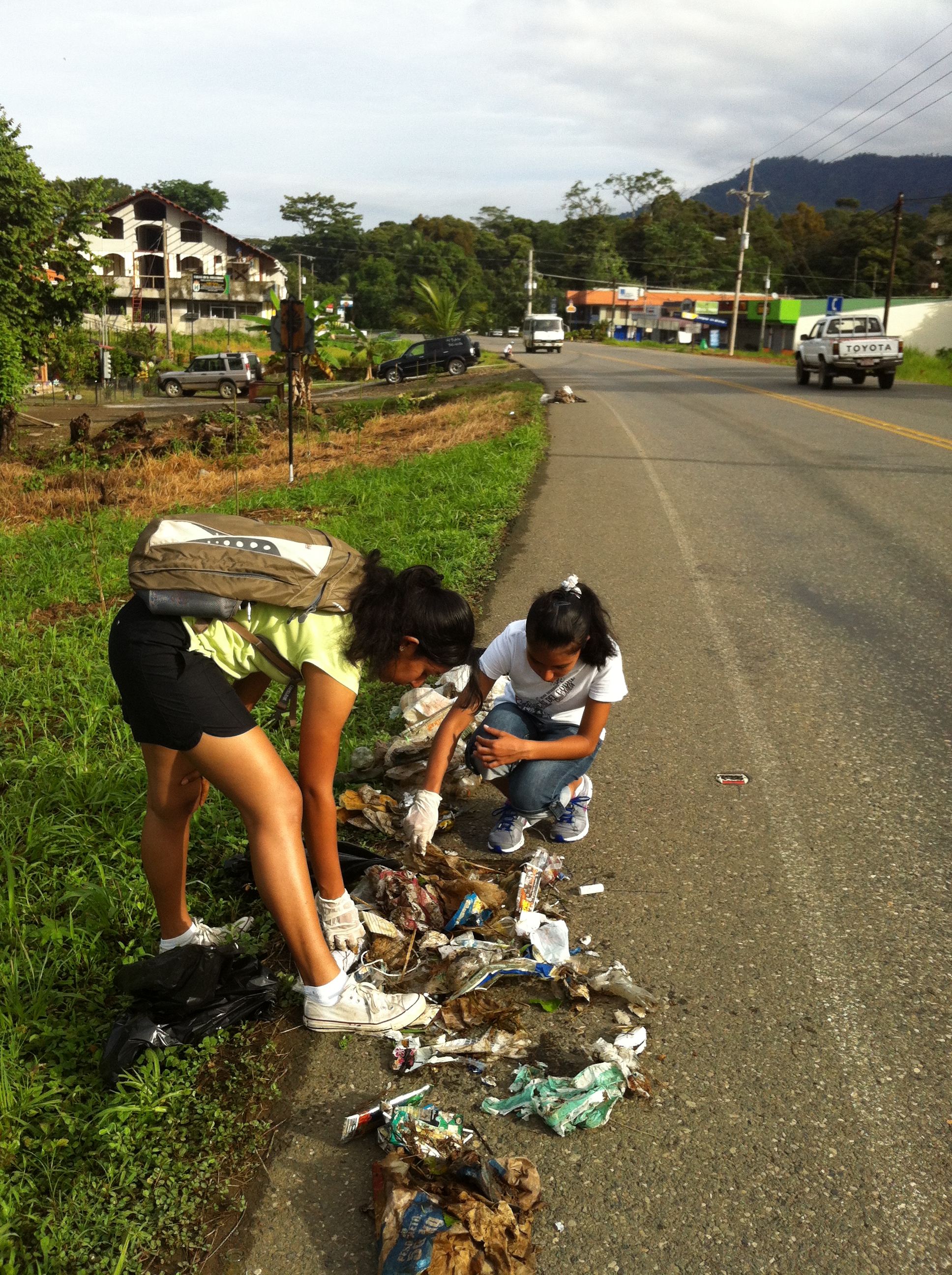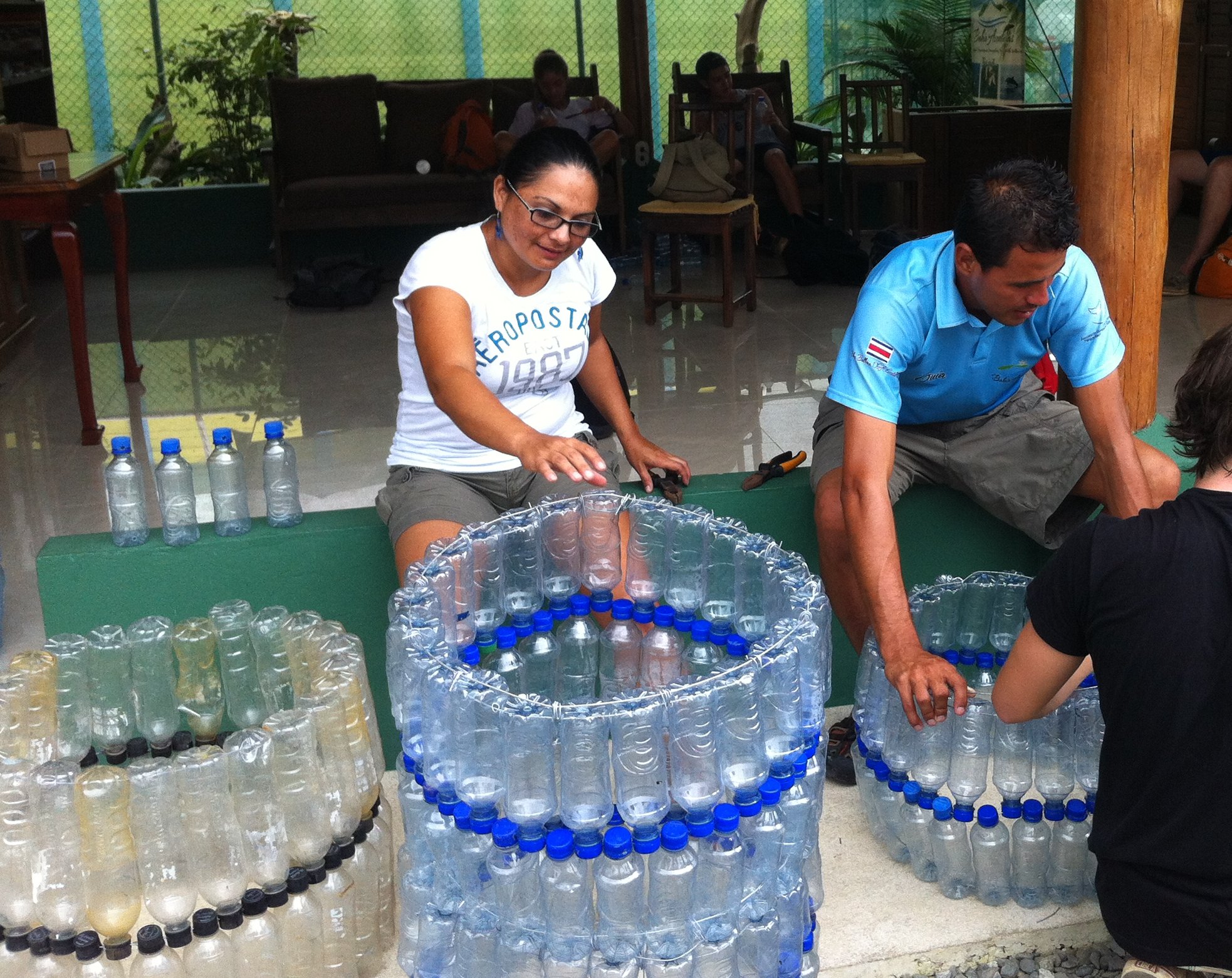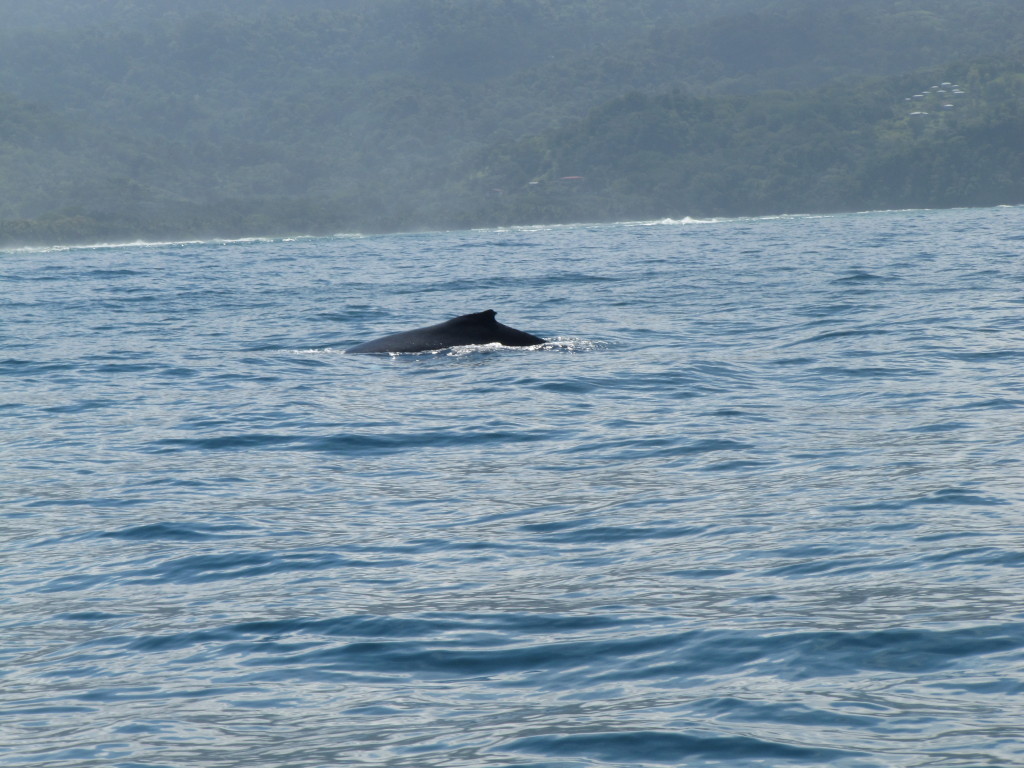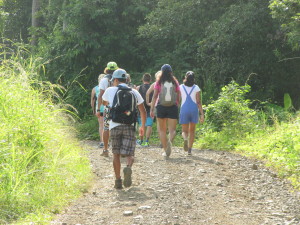Geoporter recently expanded their work to the town of Piedras Blancas, Costa Rica. As a new Geoporter volunteer, this was an incredible opportunity for me to be part of the work Geoporter does.
During my second week interning for Geoporter in Bahia Ballena we drove to the small community of Piedras Blancas to conduct a workshop.
For the past three years Geoporter has based their projects in Bahia Ballena. However, their plan is to expand their work world-wide, and a first step is the expansion to Piedras Blancas.
Since this was my first workshop I was as interested in the material as in the participants from Piedras Blancas. The workshop was conducted in Spanish, so at times I had trouble following the presentation and questions, but it was also a great opportunity for me to practice my Spanish.
Amy taught us the basics of GPS and GIS, and then the group enthusiastically began to map. Through different types of activities the participants learned what they could do with a GPS unit and how latitude and longitude locations work with a GPS. Afterwards Amy demonstrated an interactive map and how it can be used to make informed decisions on global and local issues. The group wanted to learn more and so requested a follow-up workshop a few weeks later.
In Bahia Ballena time goes by quickly and it seemed like before I could blink it was already time for our second trip to Piedras Blancas. This time on the drive down I recognized places and landmarks from our previous trip, so the hour drive flew by. One objective for this workshop was to teach the participants how to create their own map using the online mapping tool, ArcGIS Online.
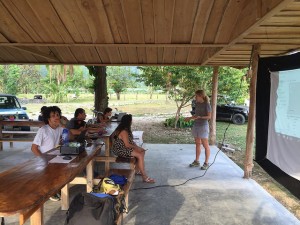
By this time I had created some maps on my own and knew how to work with the program. So I was an active participant, but it was funny for me to try listen and speak in Spanish instead of English. The participants from Piedras Blancas were very interested in learning. The group was tasked with brainstorming different projects that could use GPS maps and these were some ideas:
- Investigating contaminated waters in the high density housing development
- Reforesting areas of the community to bring back wildlife
- Mapping out areas of concentration of trash to demonstrate the need for curb-side trash pickup in the district of Piedras Blandas
- Exploring sustainable agricultural practices
Another workshop will be held the middle of May. I’m working on my Spanish so I can join the conversation even more. I’m also looking forward to the drive because Costa Rica is such a beautiful country and the coast road offers amazing views.

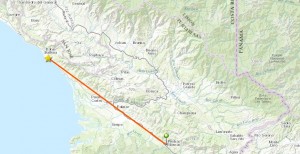

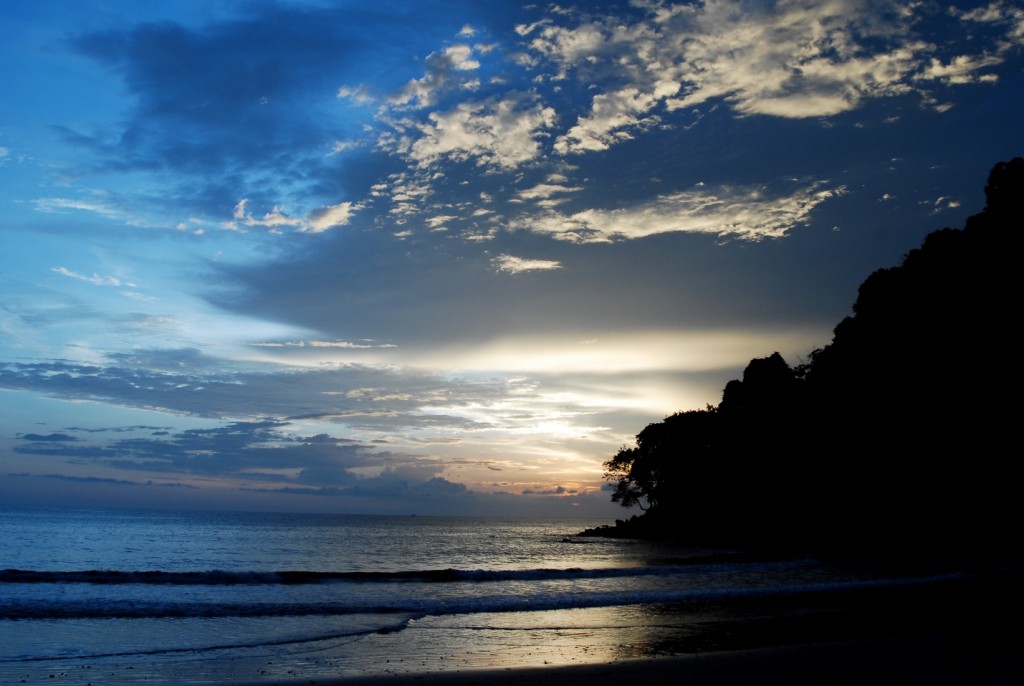
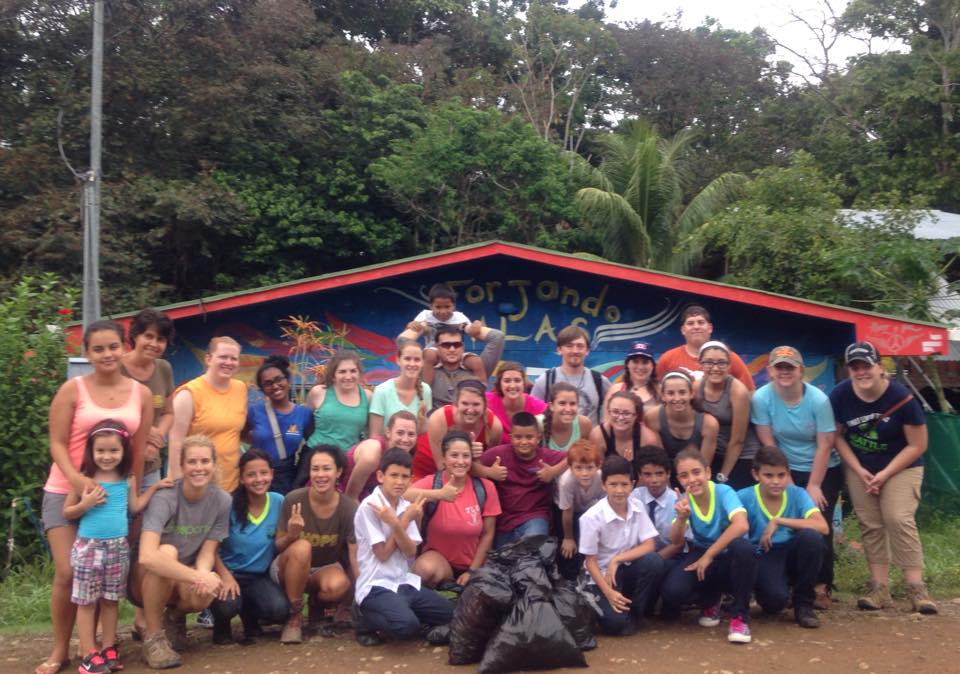
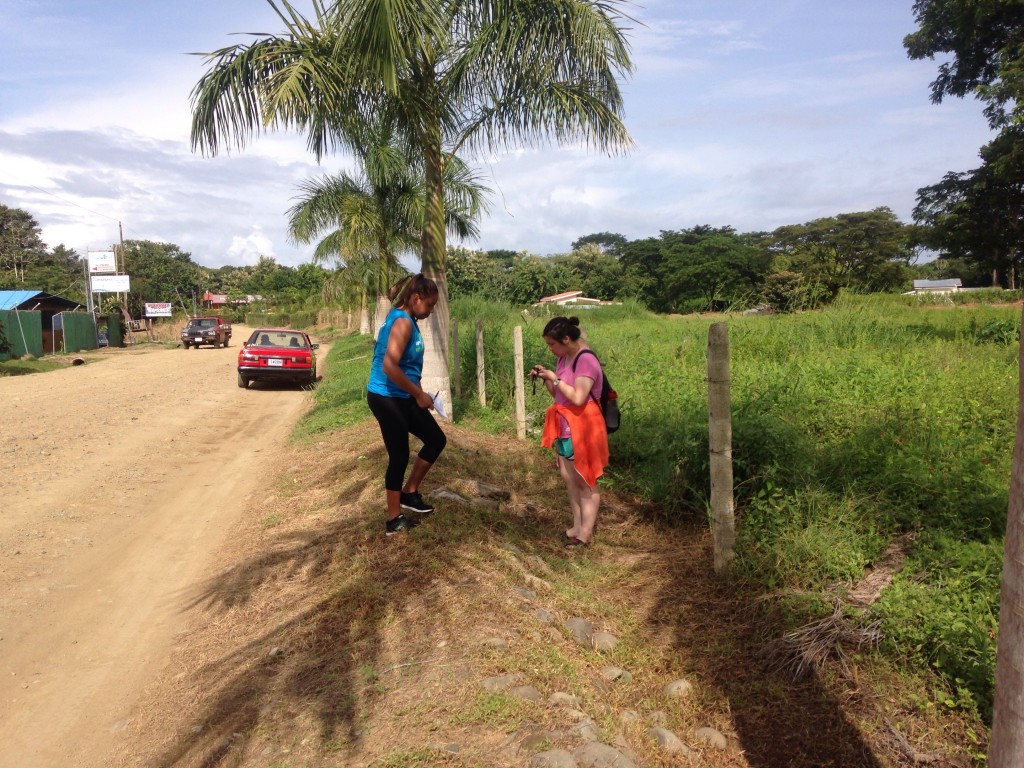
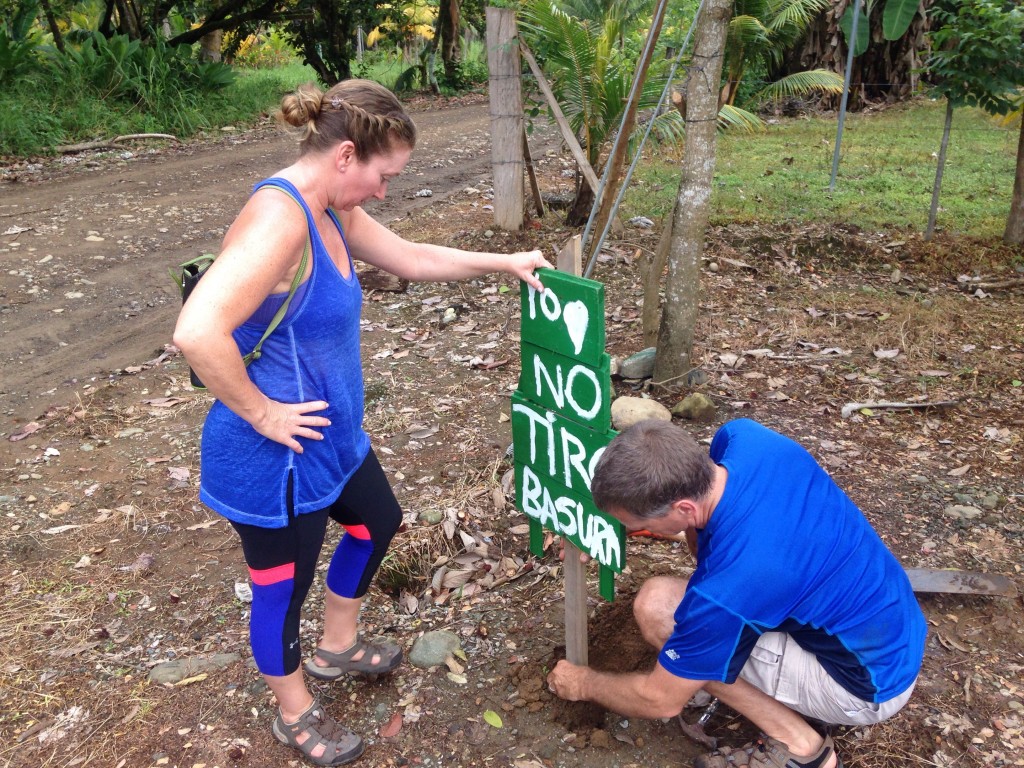
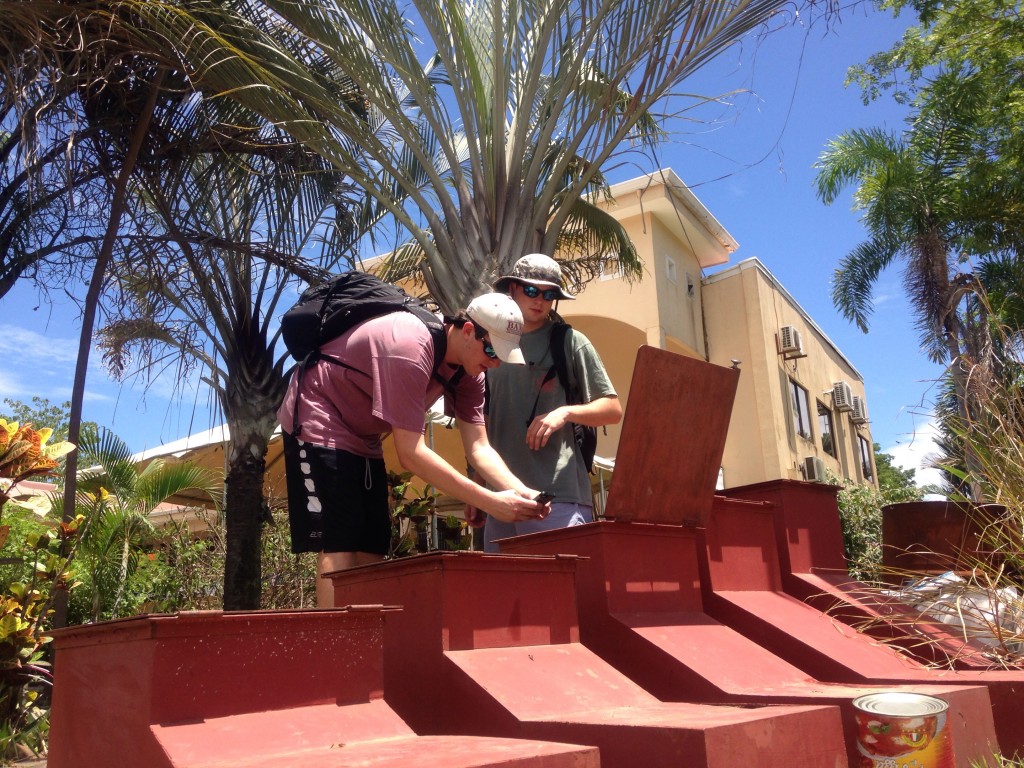
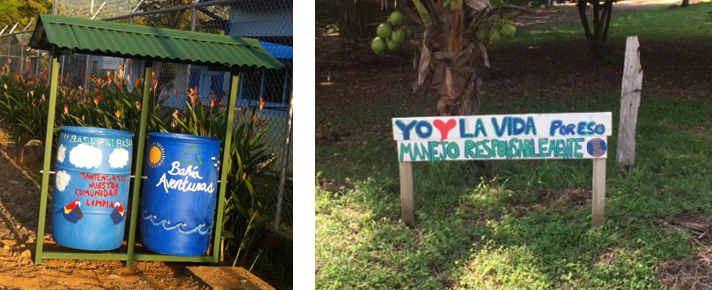

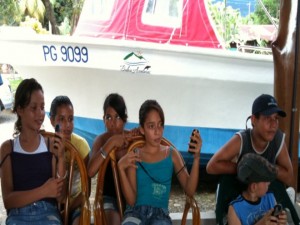 During these workshops, young students learned the use of GPS and GIS mapping for fun as well as use in authentic community projects. Maria Paula was one of the interested students who continued to meet through Groupo Surf activities. They were able to apply GPS and GIS to ocean conservation, mapping their town and a project they personally decided to conduct… a “little” trash-mapping project.
During these workshops, young students learned the use of GPS and GIS mapping for fun as well as use in authentic community projects. Maria Paula was one of the interested students who continued to meet through Groupo Surf activities. They were able to apply GPS and GIS to ocean conservation, mapping their town and a project they personally decided to conduct… a “little” trash-mapping project.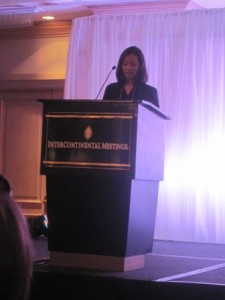 By 2011, that little trash-mapping project garnered attention from
By 2011, that little trash-mapping project garnered attention from 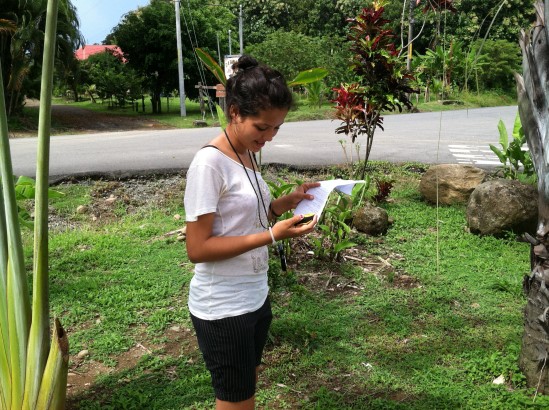 And how about Maria Paula today? She is now in grade 11 at the colegio (high school) with hopes and dreams of perhaps attending college, a rare opportunity for many rural students. She leads a normal community life of playing goalie on the local women’s soccer teams, keeps up with school work and of course spends time with friends and on Facebook. What makes her stand out is her willingness to still step forward and volunteer to work with community improvement projects.
And how about Maria Paula today? She is now in grade 11 at the colegio (high school) with hopes and dreams of perhaps attending college, a rare opportunity for many rural students. She leads a normal community life of playing goalie on the local women’s soccer teams, keeps up with school work and of course spends time with friends and on Facebook. What makes her stand out is her willingness to still step forward and volunteer to work with community improvement projects.